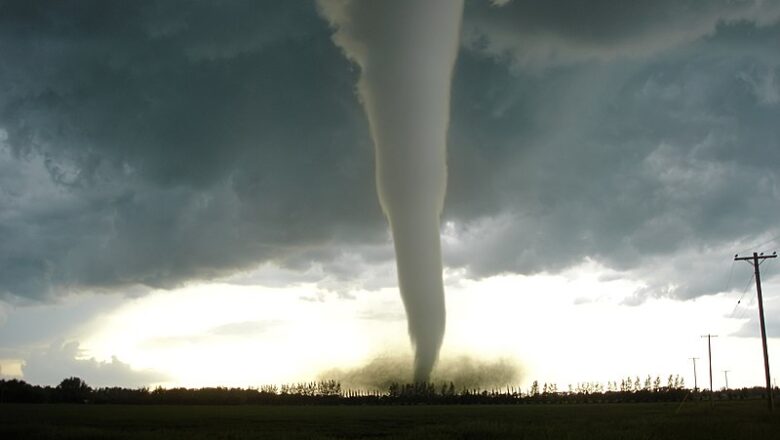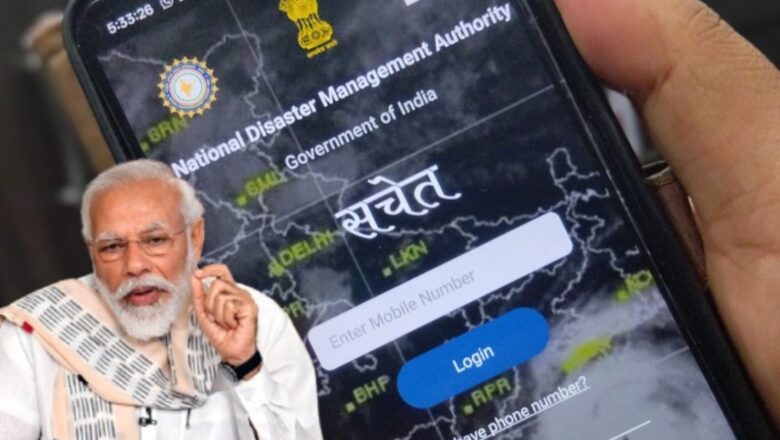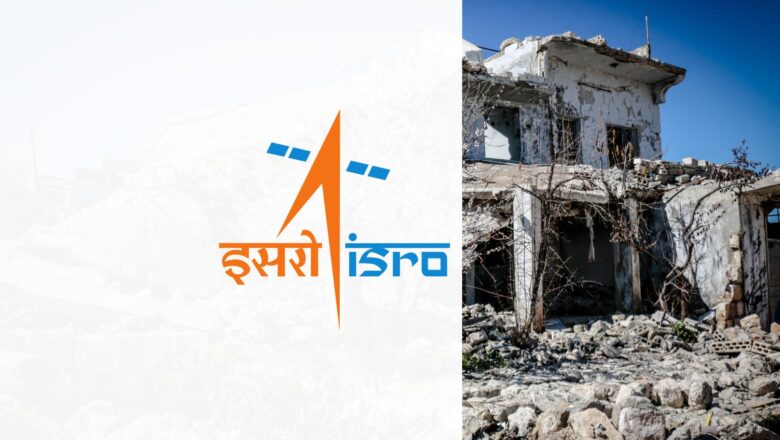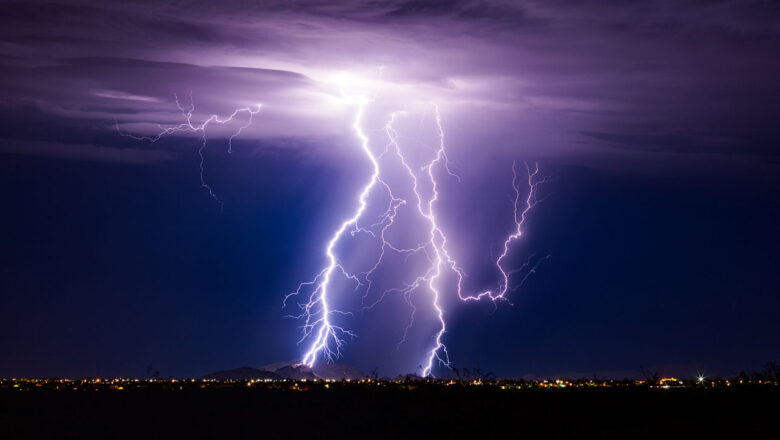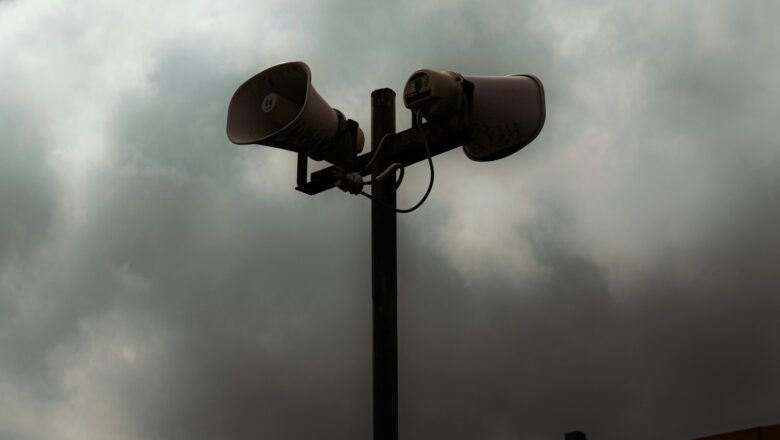
Rescue Efforts Continue After Pune Bridge Collapse Claims Four Lives
Pune: Search and rescue operations resumed on Monday along the Indrayani River in Maharashtra’s Pune district, as teams worked tirelessly to locate anyone possibly trapped after the tragic collapse of an old bridge that left four people dead and 51 injured.
The disaster struck on Sunday around 3:15 pm when the bridge suddenly gave way under the weight of a large crowd. Witnesses described scenes of panic as people were flung into the swirling river below. Rescue teams, responding swiftly, managed to save 38 people from the turbulent waters and debris.
According to Pune District Collector Jitendra Dudi, the deceased have been identified as Chandrakant Salve, Rohit Mane, and Vihaan Mane, while efforts are on to confirm the identity of a fourth male victim. The 51 injured are being ...


